Each Summer, These Armenian Villages Are Taken Over by Hundreds of White Storks
Villagers participate in a “Nest Neighbors” program to monitor the health of their new house guests
From late March to August every year, around 650 pairs of breeding white storks descend onto wetland-adjacent villages in Armenia, settling into numbered nests where they will hatch nestlings and teach the babies to feed. The storks—common in worldwide folklore for bringing babies to families—use Armenia as a stopover point to breed on their long journey south from western Europe to their winter grounds in Africa. At the same time, more than 1,000 families in those Armenian villages will take pen to paper and monitor the storks’ progress as part of a program called Nest Neighbors.
Dr. Karen Aghababyan started the program in Armenia in 2006 as a nationwide survey of white storks, with the goal of tracking the health of the nearby wetland ecosystems. He and his team mapped every stork nest in the country, then—since white storks prefer nesting sights that are often near people, like on top of homes or electrical poles—they provided locals with questionnaires in the form of a calendar. The villagers write down important facts on the calendars and report information back to Aghababyan: the nest number they’re monitoring, what date the storks arrive, how many nestlings appear and if any incidents with the nest occur, such as it falling down.
"White storks need open or semi-open grasslands as a feeding habitat," white stork conservationist Kai-Michael Thomsen told National Geographic in 2004. "In middle Europe, you find only man-made grassland habitats. So the white stork in middle Europe uses the man-made landscape."
In 2007, the Nest Neighbors program received a Whitley Award, the top conservation award in the U.K., and continued to receive research funds from Whitley in 2010 and 2014. As the program has aged, community interest has skyrocketed. When Nest Neighbors first started, Aghababyan told Smithsonian.com, villagers agreed to do the work but weren’t too enthusiastic about it. Now, he gets more than 100 calls every summer from locals with observations about the nests. Through the program, and through clubs he’s started at local schools, Aghababyan is helping to increase community awareness of stork and wetlands conservation.
“Storks are playing a very important cultural role as a model for environmental education,” he told Smithsonian.com. “We started developing eco-clubs in these villages in the schools and children are participating with great interest. The storks are top predators in wetland ecosystems, and they play a key role in regulating the number of other species. They provide a great help to agriculture, feeding on locusts and grasshoppers during the summer season. This work helped us to designate several protected wetland sites.”
The Nest Neighbors program also led to changes in agricultural practices in local villages. Aghababyan discovered that in some spots, the white storks were reproducing less than expected, having one or no nestlings as opposed to the standard two or three. After a deeper study into the areas, he discovered the problem traced back to the pesticide DDT. "DDT accumulates from one trophic level to another," Aghababyan explained. "Its concentration becomes higher in the top predators [like white storks]."
The pesticide had been banned in Armenia, but villagers who had stockpiles in storage were still using it on their crops—and areas where it was no longer used still had a buildup of the chemical in the soil. Irrigation was kicking it up to the surface soil layers and reintroducing DDT into the local food chain. Armed with that knowledge, Aghababyan’s team tried to solve the problem with three tactics. First, they helped villagers to remediate the soil using different plants that collect DDT in their root system. The plants fill up and are then removed, taking the DDT with them. Second, they provided alternative methods of pest control, including installing birdhouses for insect-eating birds (not impacted by DDT) and introducing specific types of organic bacteria to target certain bugs. The third tactic was to develop a White Stork-Friendly product label to help locals market their products in a more eco-conscious way.
Thanks to those efforts, some of the stork pairs are now having between three and four nestlings, and the overall number of breeding pairs has increased from about 580 at the beginning of the Nest Neighbors program to the current 652.
The storks are also starting to attract a small number of tourists who stop to seeing the hundreds of nest-topped houses and swooping birds on their way to visit regional monasteries. Those who want to be honorary Nest Neighbors can tour the small villages near the Ararat Valley wetlands, including Surenavan and Hovtashat.
/https://tf-cmsv2-smithsonianmag-media.s3.amazonaws.com/accounts/headshot/JenniferBillock.png)
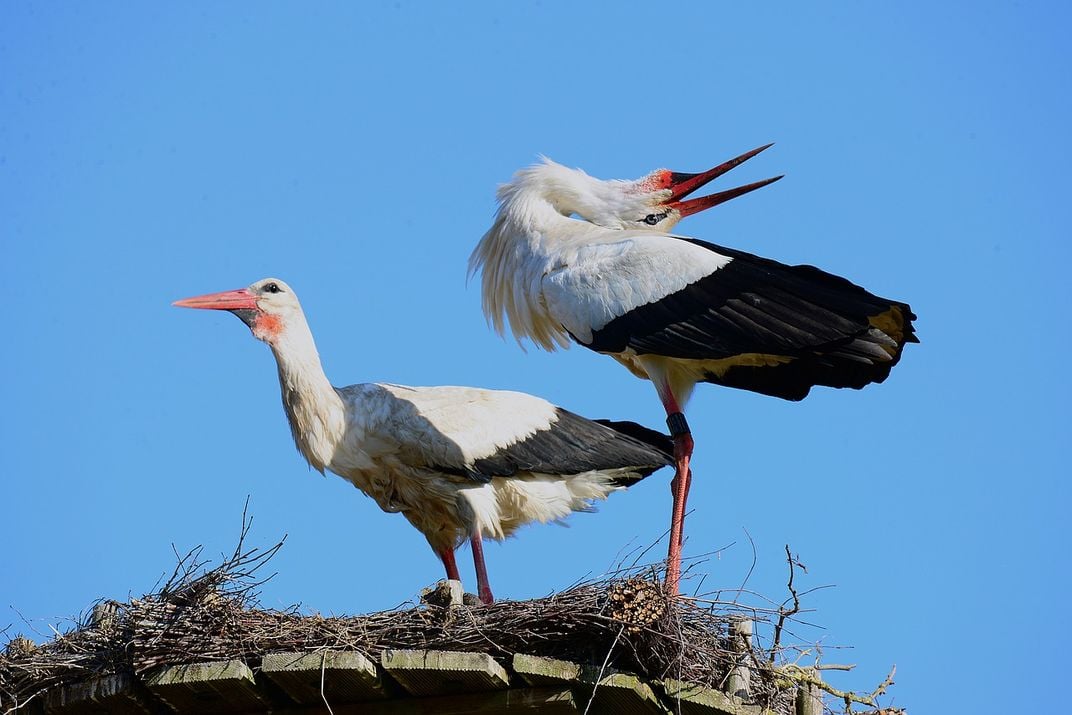
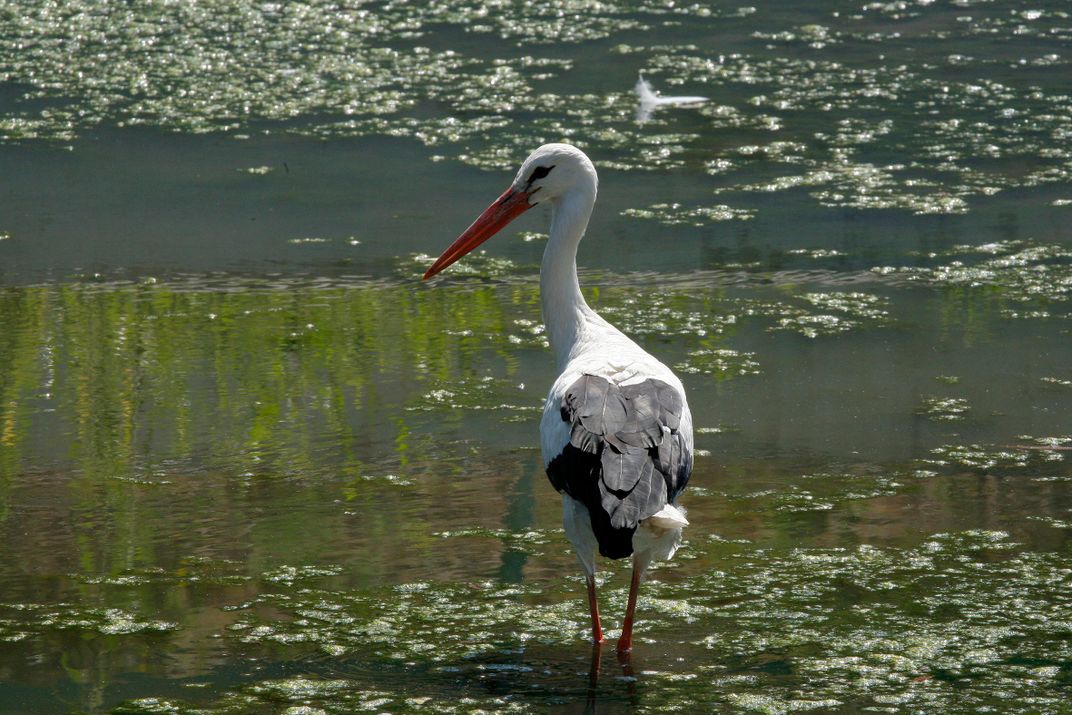
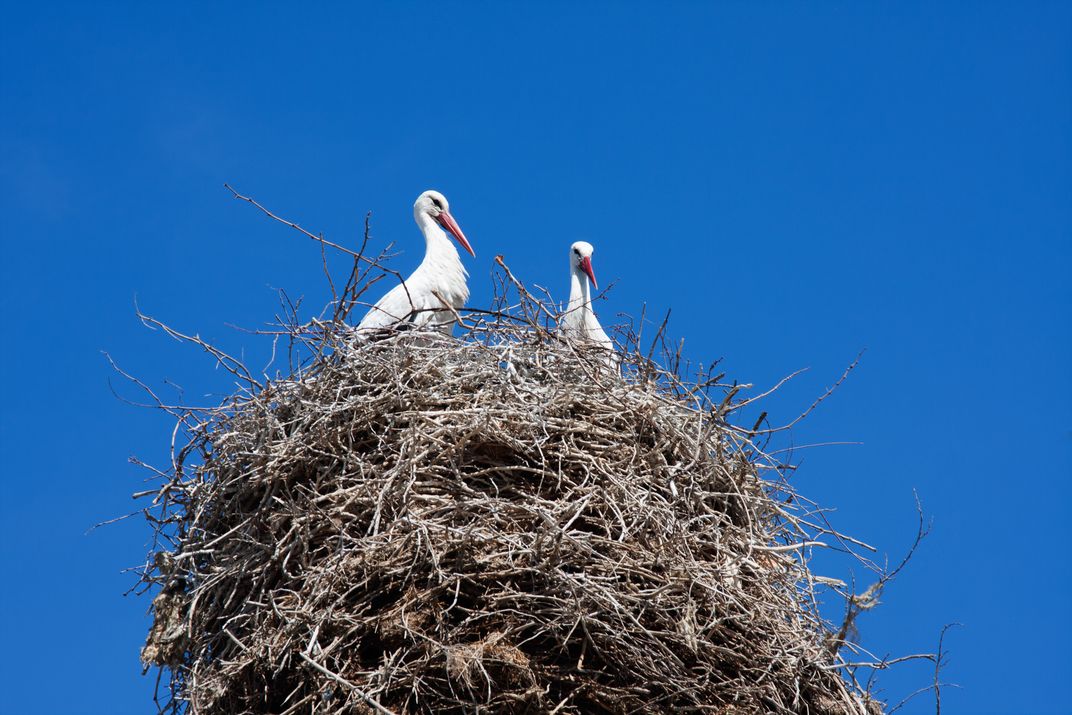
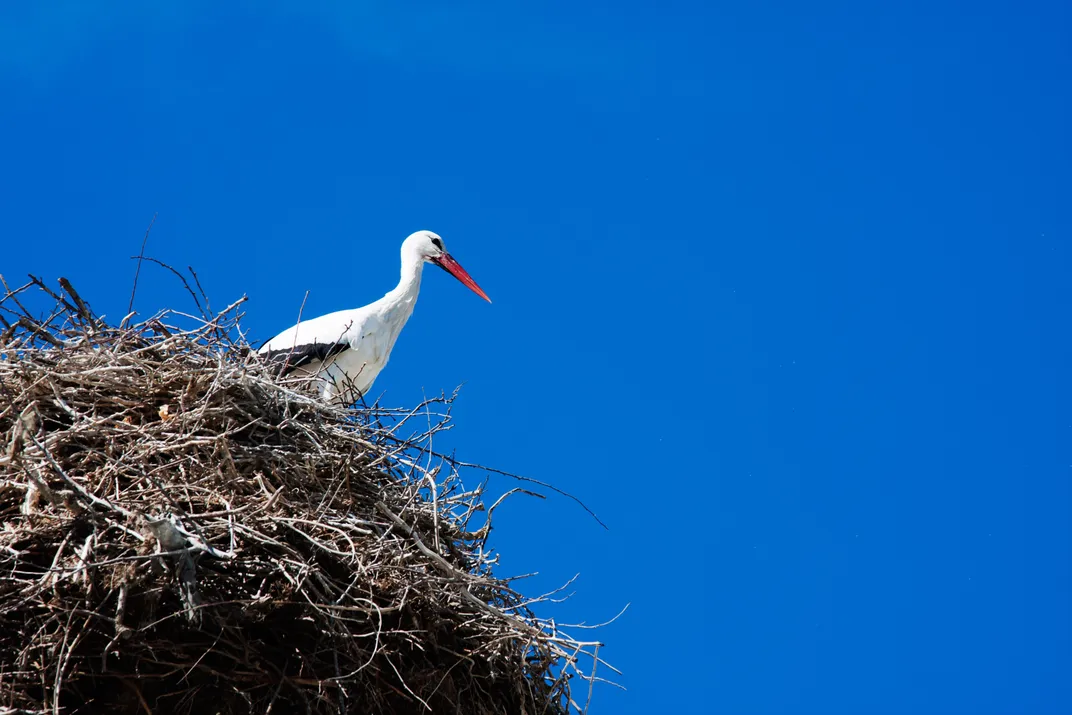
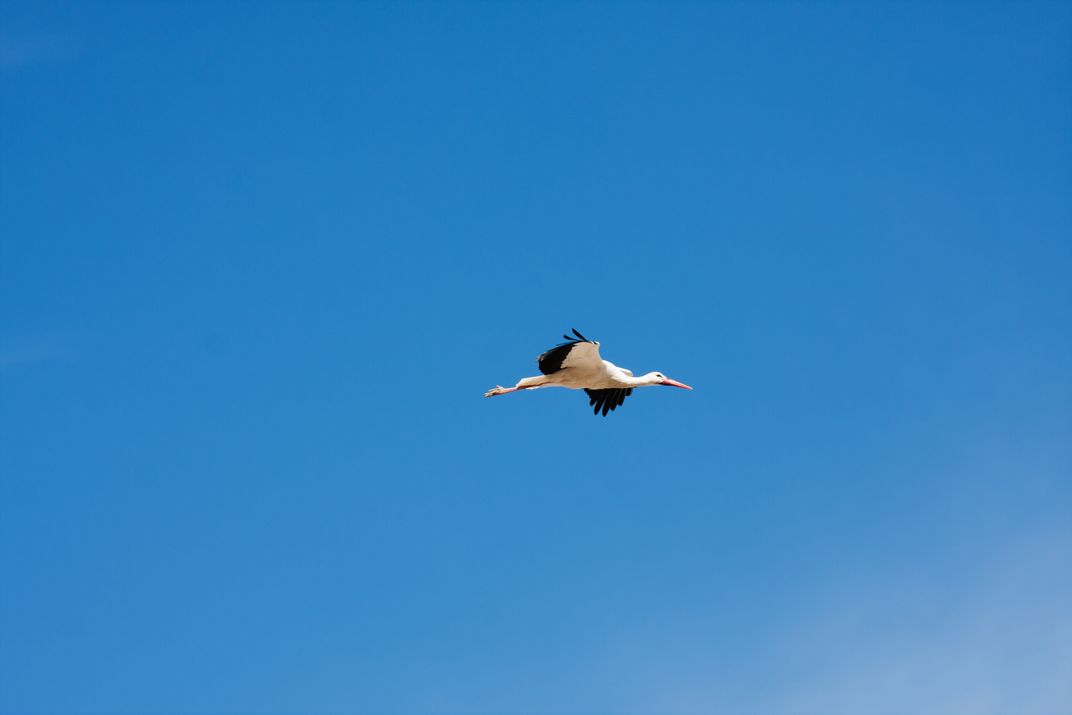
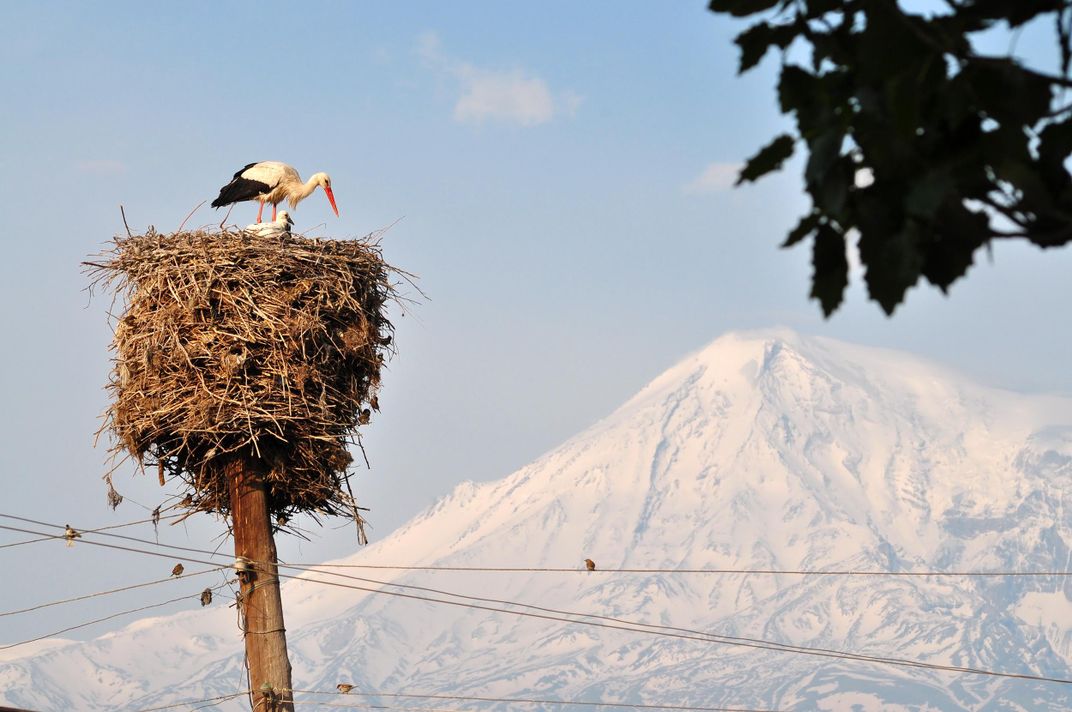
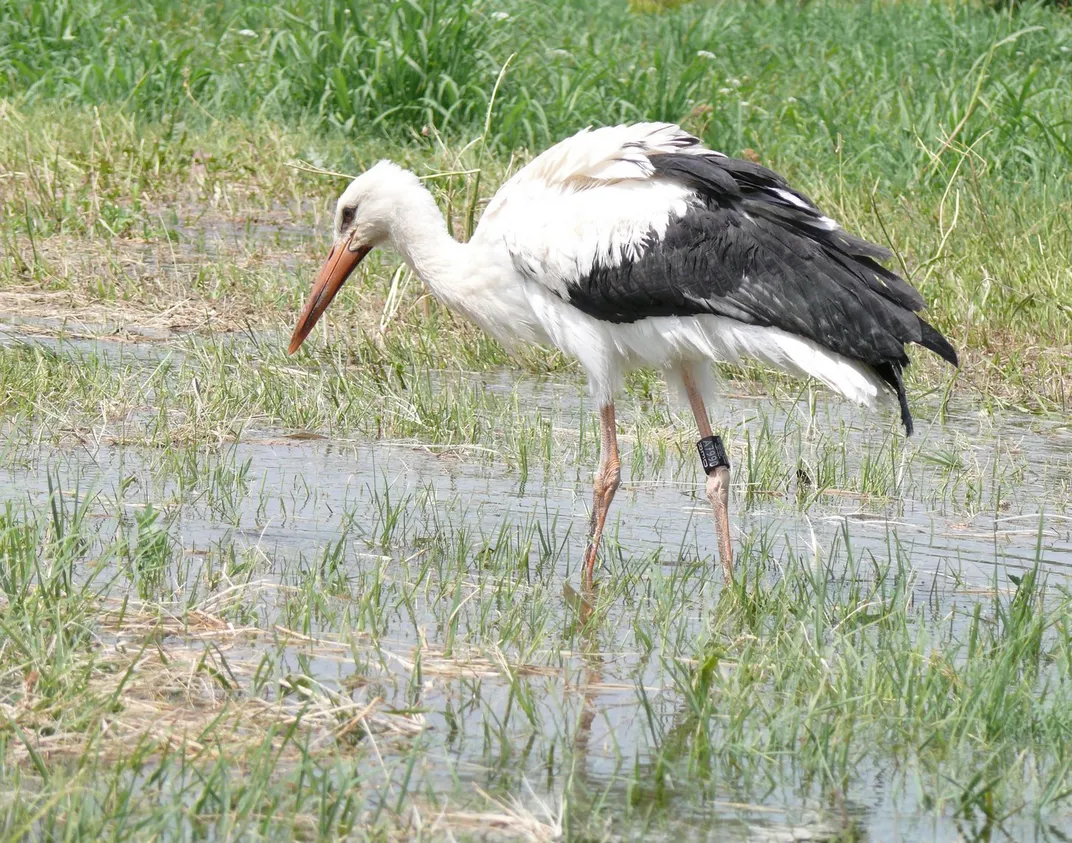
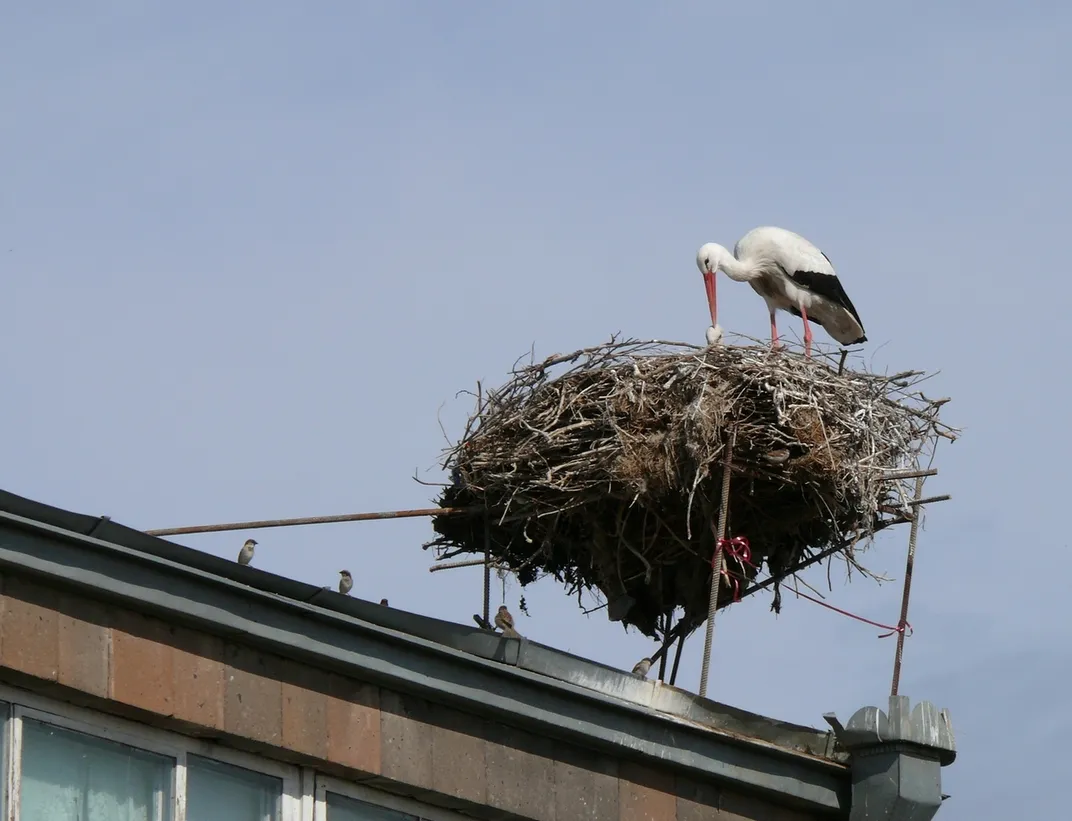
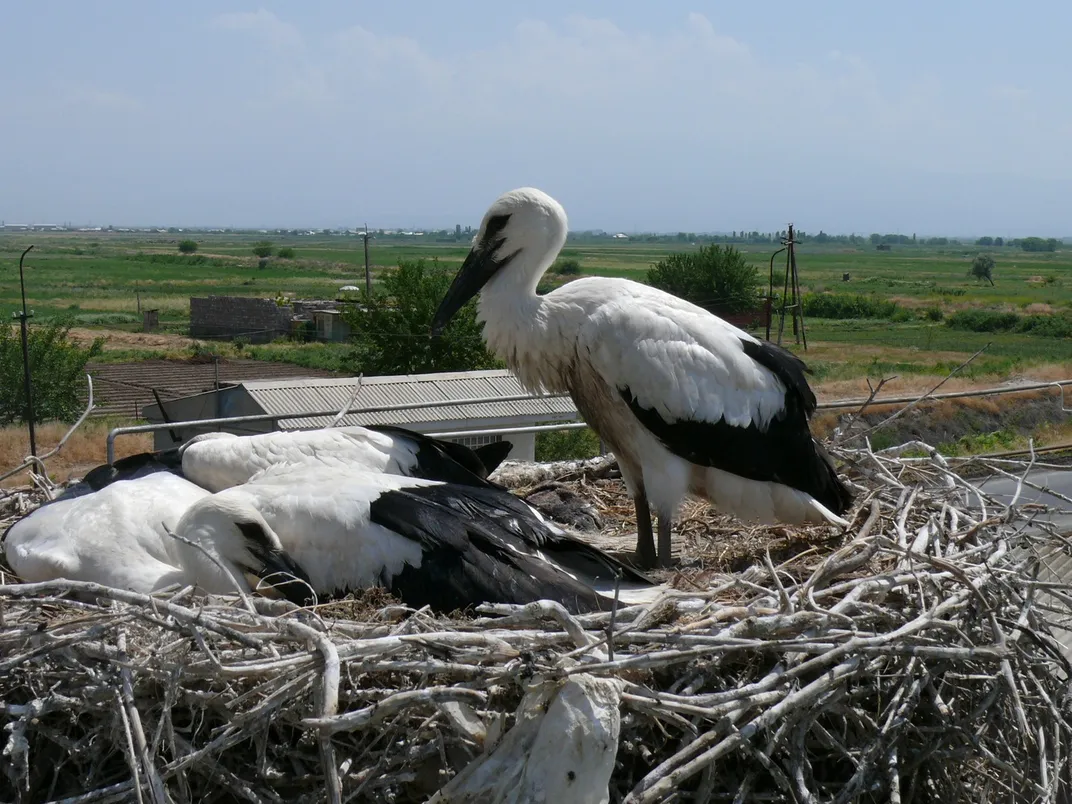
/https://tf-cmsv2-smithsonianmag-media.s3.amazonaws.com/accounts/headshot/JenniferBillock.png)